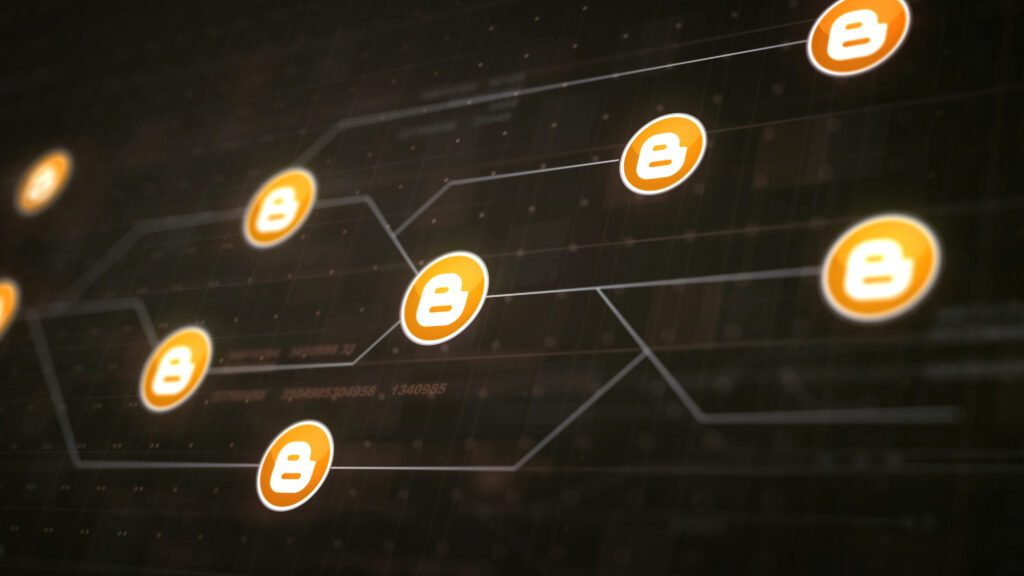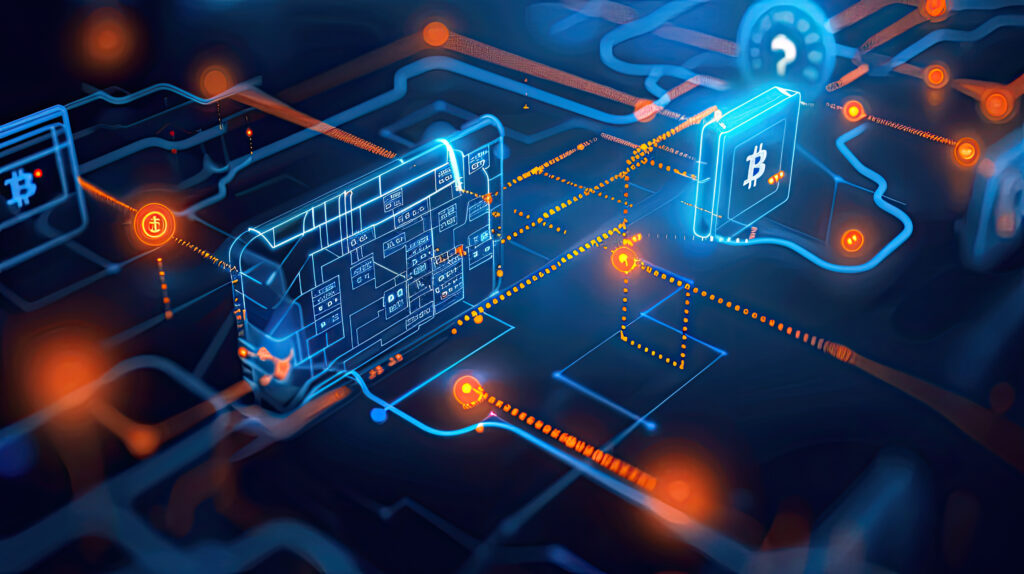🔗 What Is Blockchain?
A decentralized, cryptographically protected digital ledger that is accessible over a network of computers is called a blockchain. Records are immutable—once added, they cannot be removed or changed—because it stores data in chronological, linked blocks.
🧱 How It Works
- Transactions are grouped into a block.
- The block contains data, a timestamp, and the hash of the previous block.
- A consensus mechanism (like Proof‑of‑Work or Proof‑of‑Stake) validates the block.
- PoW: Nodes (miners) solve complex puzzles; energy-intensive but robust.
- PoS: Validators stake tokens to win the right to add blocks—more energy-efficient .
- Once consensus is reached, the block is added and broadcast to all nodes.
- Each node keeps a synchronized copy of the entire ledger.
🗳️ Types of Blockchains
Public blockchains, such as Ethereum and Bitcoin
- Open involvement: Anyone can sign up and participate for free.
- Important characteristics:
- Decentralized: resistant to single-point failures; lacks a central authority.
- Transparent: Transaction histories are accessible to all.
- Immutable: It would be practically impossible to change data without rewriting each block.
- Secure: Makes use of robust consensus processes and cryptography.
- Cons: Slower transaction speeds and increased energy usage.
Blockchains that are private or consortium
- Restricted access: Perfect for supply-chain or enterprise applications, only authorized actors can take part.
- Benefits:
- Permitted structure: Faster and easier to run.
- Smart contracts: Automate processes to cut down on errors and save time.

Summary of Advantages
Decentralization
Control and power are shared among many parties, so there is no point of failure. Because no one controls the system, it is flexible and trustless .
Immutability
After data has been written to the blockchain, altering that data would involve reduplicating every single following block, a monumental task. This makes everything set in stone for permanent reliability.
Transparency
For public blockchains, all the transactions can be seen and checked by anyone and anyone can check the operations performed. Transparency results in trust and accountability, as well as enhanced auditability.
Security
Blockchains integrate robust encryption (hash, digital signatures) with decentralized network consensus mechanisms (proof of work or proof of stake), so it is extremely hard for hackers to tamper with the data or hijack the ledger.
Efficiency
Smart contracts execute workflows—payments, supply chain actions, or contracts—automatically without human intervention. That results in fewer errors, quicker operations, and reduced costs .
🤖 Advanced Features: Smart Contracts & Tokenization
- Smart Contracts: Self-executing code that executes on predetermined conditions—enables automation of everything from real estate sales to sophisticated financial contracts
- Ethereum is the industry leader, with Solidity programming and bytecode execution .
- Tokenization:
- Fungible (e.g., cryptocurrencies, ERC‑20 tokens).
- Non-fungible (NFTs): One-of-a-kind digital items, like art NFTs, whose ownership is recorded on-chain.

🏭 Use Cases (2025 & Beyond!)
- Finance & DeFi: Borrow, lend, trade, yield farm—no need for legacy banks .
- Supply Chains: Track traceability from farm to plate, with authenticity and less fraud .
- Healthcare: Secure data storage with controlled access .
- Digital Identity: Self-sovereign identities, less fraud, easier verification .
- Voting Systems: Tamper-evident, transparent, and auditable elections .
- Insurance & Supply Contracts: Smart contracts automate claims or logistics payouts .
⚠️ Challenges & Considerations
- Scalability: Public chains tend to be slower with lower transaction speeds and throughput .
- Energy Consumption: Power-intensive PoW; greener alternatives exist in PoS .
- Security Risks: Smart contract vulnerabilities can result in hacks (e.g., the exploit of The DAO) .
- Regulation & Compliance: Mature legal frameworks, particularly finance, KYC, and privacy.
Why Blockchain Still Matters Today 🏛️
1. Finance & DeFi
- Instant, permissionless transactions—no middlemen or banks required—are made possible by blockchain.
- DeFi applications use smart contracts to make finance services automated, such as lending, savings, trading, insurance, and yield farming—less expensive, less time-consuming, and less reliant on legacy institutions.
2. Healthcare & Patient Records
- Immutable & secure records: Patient information can be stored, encrypted, and shared without tampering worries.
- Interoperability: Hospitals and clinics are able to read and modify records between systems, enhancing coordination and continuity of care .
- Patient control: Patients provide or withdraw access through private keys, improving privacy .
- Efficient claims & billing: Insurance claims and billing are automated through smart contracts, reducing administrative steps and mistakes .
- Secure clinical trial data: Immutable tracking of trial protocols, consents, and results helps prevent fraud .

3. Supply Chain & Provenance
- End-to-end traceability: Each step—from raw materials to the user—is openly logged and dated.
- Anti-counterfeiting: Product authenticity (food, medicine, luxury items) is confirmed via tamper-proof records.
- Traceability at lightning speed: During outbreaks of food contamination, blockchain allows tracing contaminated batches within seconds instead of days.
- Operational efficiency: Smart contracts enforce actions like payments or stock updates automatically when conditions are met.
4. Governance & Digital Identity
- Immutability and openness assist in the creation of tamper-proof voting systems, secure public records, and enable self-sovereign digital IDs—diminishing fraud and enhancing trust in institutions .
5. Digital Commerce & NFTs
- Blockchain powers decentralized marketplaces and NFTs, allowing consumers and producers to exchange directly, ensure authenticity, and claim ownership without intermediaries .
6. AI & Accountability
- With AI, blockchain provides traceable decision logs, assisting in the explanation and verification of automated processes—critical in industries such as finance and healthcare .
7. Interoperability & Scalability
- Innovations such as multi-chain architectures, Layer‑2 scalability, and sharding are targeting speed, cost, and usability—and bringing blockchain applications closer to being usable in everyday life.



